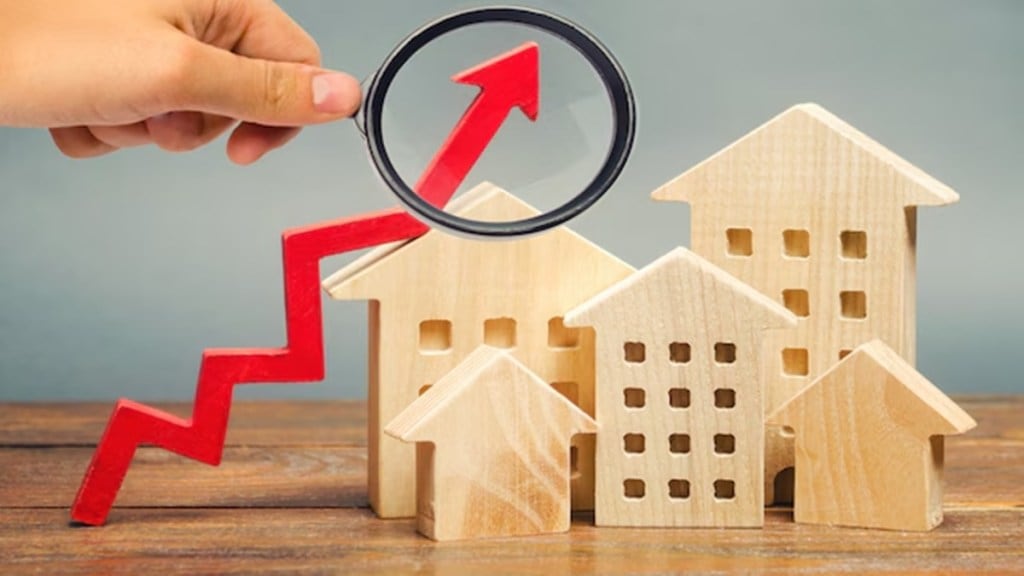Pune has emerged as the leading industrial real estate market in India, solidifying its position as a critical hub in the country’s growing manufacturing landscape, according to JLL’s Logistics & Industrial data.
For the second consecutive year, the city has outperformed larger markets such as the National Capital Region (NCR) and Mumbai, experiencing unprecedented growth in its industrial real estate sector.
Manufacturing dominates, with engineering and automotive sectors accounting for 65% of transactions. Alongside the expansion of domestic industries, investments from German and South Korean companies have accelerated, followed by interest from Japanese original equipment manufacturers, resulting in significant development in Pune’s industrial corridors.
According to JLL’s Logistics & Industrial data, Pune recorded the highest absorption of leased space for the past two consecutive years (2023 and 2024) among all Indian cities. Notably, around 75% of its industrial stock meets Grade A specifications, one of the highest proportions nationwide, as reported by JLL. The Pune industrial real estate market grew at a compound annual growth rate (CAGR) of more than 20% between 2019 and 2024 and is projected to double by 2030, driven by exceptional demand from both the manufacturing and warehousing/logistics sectors.
“Pune’s industrial real estate market is not just growing; it’s evolving. The shift towards Grade A facilities, alongside sector diversification, increased foreign investments, and demand from high-value-added industries, positions Pune as a prime destination for future development. We’re witnessing a transformation that will redefine Pune’s role in India’s industrial landscape,” said Sanjay Bajaj, Senior Managing Director – Pune and Logistics & Industrial, JLL India.
The city’s total industrial stock increased from 24.2 million square feet in 2019 to 60.9 million square feet in 2024. This total is projected to exceed 140 million square feet by 2030. Annual demand and net absorption in Pune soared from 4.2 million square feet in 2019 to 11.3 million square feet by the end of 2024, reflecting a 2.5-fold growth.
According to JLL, this growth signifies not only a quantitative expansion but also a qualitative transformation, as Grade A facilities now comprise 75% of Pune’s overall industrial stock, making premium infrastructure the norm rather than the exception, Bajaj noted. Grade A net absorption increased from 3.2 million square feet to 9.9 million square feet between 2019 and 2024. This shift towards higher-quality spaces, defined by occupier specifications, has attracted global players backed by institutional investors who are developing prime assets and elevating infrastructure standards across the region, Bajaj added.
Pune’s industrial landscape has diversified in terms of users. While the automotive and engineering sectors remain dominant, there is growing demand from the fast-moving consumer goods, construction, and pharmaceutical sectors, adding depth and resilience to the city’s industrial ecosystem.
Pune is also showcasing international diversity, having emerged as a global manufacturing hub with a significant presence of German and South Korean companies, while Japanese firms are showing increasing interest. More global OEMs from other parts of the world are establishing their manufacturing bases in Pune.
The annual supply and demand are expected to consistently remain above 10 million square feet, with overall vacancy rates forecasted to drop below 5% in the coming years. The total industrial stock is anticipated to more than double by 2030, exceeding 140 million square feet.

